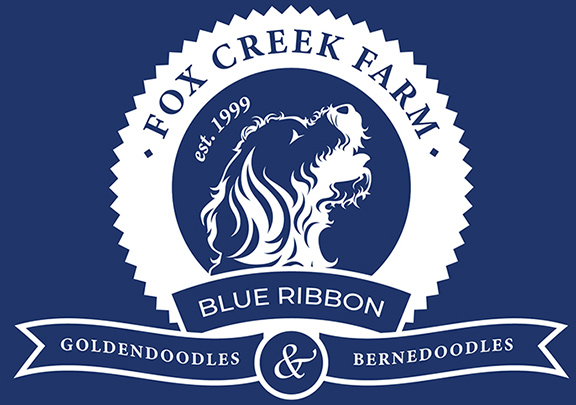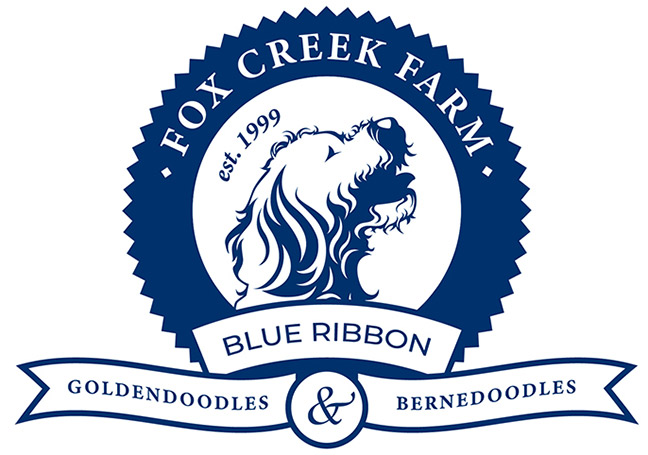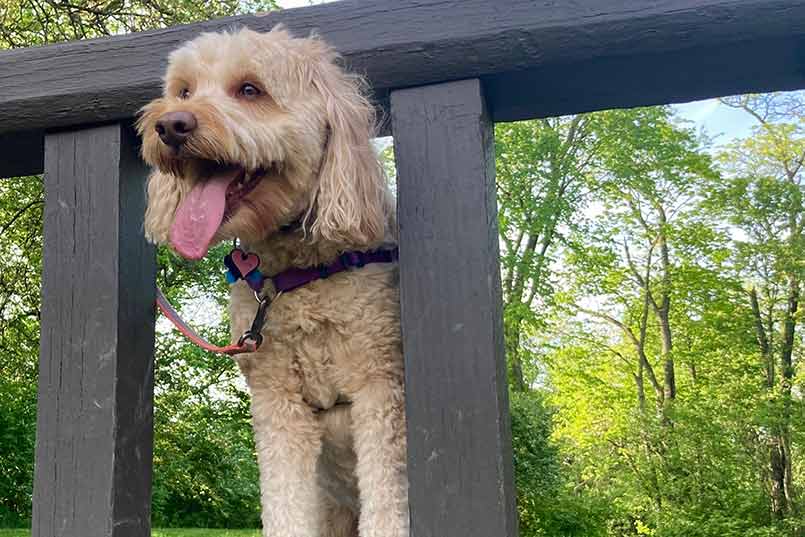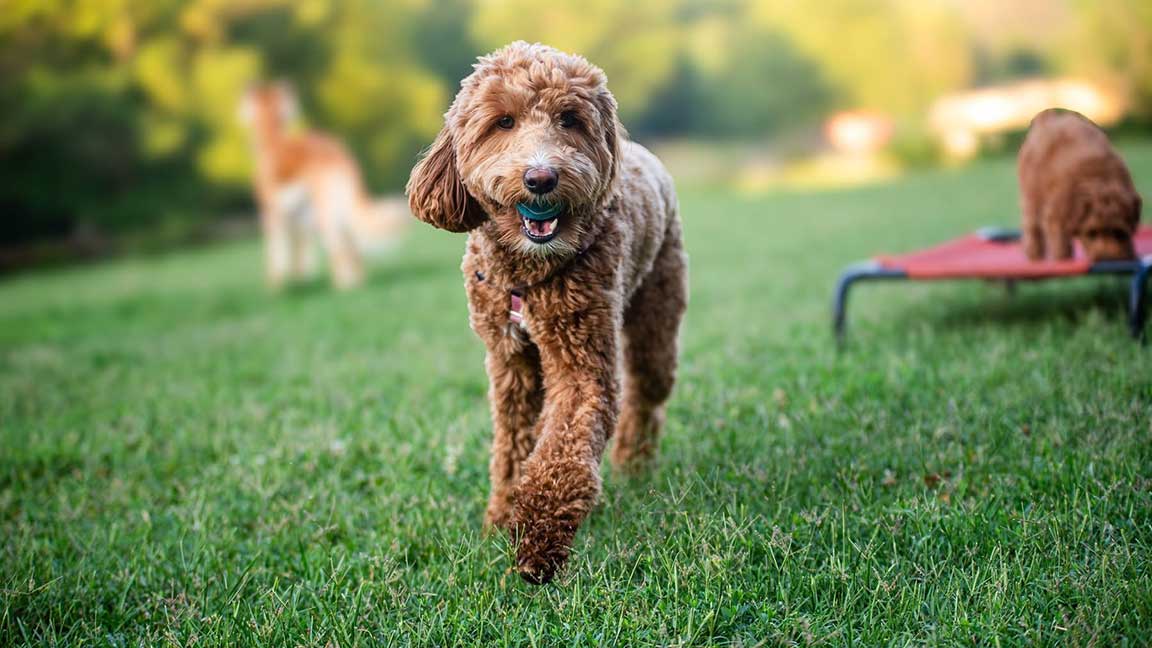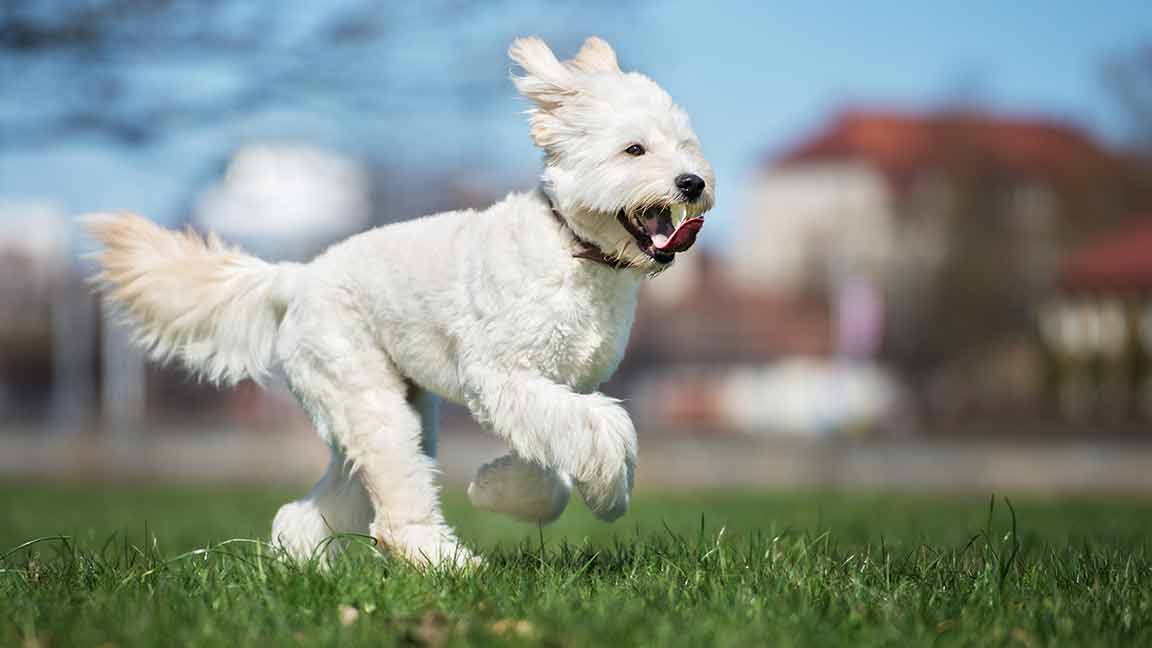
What is Proper Dog Park Etiquette?
Welcome to another insightful blog post! If you’re like most dog owners, bringing your dog to a park is exciting and a bit nerve-wracking. The social dynamics of a dog park can sometimes feel like a maze, and that’s where understanding dog park etiquette becomes crucial. It’s not solely about ensuring your dog enjoys the trip to the park, but also creating a harmonious environment for every member of the park—both four-legged and two-legged.
Being mindful of etiquette is more than a courtesy; it reflects on you as a responsible pet parent. For instance, you wouldn’t want to be the person who neglects picking up after your dog, would you? Nor would you want to be caught off guard, wondering why you should have a separate water bowl for your pooch. Such attention to detail is essential, whether you’re an experienced dog owner, choosing a Goldendoodle puppy, or even considering buying one from an ethical Goldendoodle breeder.
So, sit back, relax, and embark on this educational journey. From pre-visit preparations to understanding your dog’s body language, we aim to cover everything you need to know to make your next dog park visit a success.
Keep in mind that dog parks can potentially be a dangerous place to let your dog off lease unsupervised without proper preparation. When supervised play in fenced yards with dogs you know is available, it is always recommended over public dog parks. However, I understand that this situation is not available to all dogs and having access to off leash play time is important for the mental and physical health of all dogs. For those who rely on public dog parks for exercise and socialization of their furry family member, here is some important information to have.
Preparing for the Dog Park Visit
You should visit a prospective dog park without your dog on a few occasions to take in the number of dogs, sizes, temperaments, and supervision provided by their owners at different times of the day.
Ensure Your Dog is Spayed or Neutered
- Spaying or neutering your dog is not just responsible pet ownership but often a requirement at many dog parks.
- Why is this important? Spayed or neutered dogs are less aggressive and less likely to engage in problematic behaviors. This contributes to a more harmonious environment at the park and minimizes incidents between dogs.
Make a Checklist of Items to Bring
- Items like a water bowl, poop bags, and your dog’s leash are essential for a smooth experience at the park.
- A water bowl is vital to hydrate your dog, especially during the hot months. It’s good manners—often a rule—not to let your dog drink from communal water sources.
- The leash is essential for controlling your dog when you’re not in an off-leash area, during entry and exit, or to restrain your dog quickly.
- Don’t forget poop bags for picking up after your dog, as leaving dog poop behind is not just inconsiderate but also against park rules.
Understand the Characteristics of Active Dogs
- Know how to manage active dogs in a park setting to ensure they don’t become a nuisance or get into trouble.
- Active dogs can be a joy but also a handful. If your dog loves to run and play, that’s great! However, not all dogs or dog owners appreciate overly exuberant behavior. Knowing when to step in and calm your dog ensures everyone has a good time.
Research the Park Ahead of Time
- Look up the rules, hours, and any breed-specific restrictions that may apply to your dog.
- Being well-informed can save you from any unpleasant surprises. Some parks, for example, have breed-specific rules or may not be suitable for puppies. If you’re in the process of choosing a puppy or have recently added one to your family, ensure the park is welcoming to all breeds.
Health Checks
- Ensure your dog is up to date on vaccinations and in good health before heading to the park.
- A healthy dog is a happy dog. Keeping up with vaccinations and regular vet checks keeps your dog safe. It contributes to the overall health and safety of all dogs at the park.
Feel free to read on as we delve into understanding the rules of the park, observing your dog’s body language, and much more to guarantee a successful and enjoyable visit for you and your four-legged friend.
Understanding the Dog Park Rules
Always Read the Rules Posted at the Park Entrance
- Familiarizing yourself with the park’s rules sets the stage for a respectful and trouble-free visit.
- Different parks have varying rules, so it’s essential to read the guidelines even if you’re a seasoned dog park visitor. This may include rules on leash length, off-leash areas, and other policies that ensure everyone’s safety and enjoyment.
Discuss Common Park Rules
- While each park is unique, some standard rules like off-leash areas, age requirements, and even breed-specific rules exist.
- Off-leash areas are designated zones where dogs can run and play freely. However, you can still bring a leash. Leashes are crucial for controlled entry and exit and for moments where you need to restrain your pet quickly.
- Age requirements often stipulate a minimum age for dogs allowed in the park. Puppies may be required to be of a certain age and have all their vaccinations before mingling.
- Some parks have breed-specific rules, often in response to local regulations or incidents. Ensure your breed is allowed; for example, if you’re considering buying a breed that is considered aggressive, ensure that the park you’re visiting is friendly toward this breed.
The Importance of Respecting the “Double Gate” System
- Most dog parks feature a “double gate” system for safe entry and exit. Knowing how to use this system is critical to a seamless visit.
- The double gate usually consists of two gates separated by a small area. You enter the first gate, close it behind you, then remove your dog’s leash before opening the second gate. This system minimizes the chances of dogs escaping or sudden confrontations at the entrance.
By adhering to these rules and guidelines, you ensure your dog’s safety and contribute to a harmonious environment where everyone—dogs and humans alike—can enjoy their time at the park. Stay tuned as we explore further aspects of proper dog park etiquette.
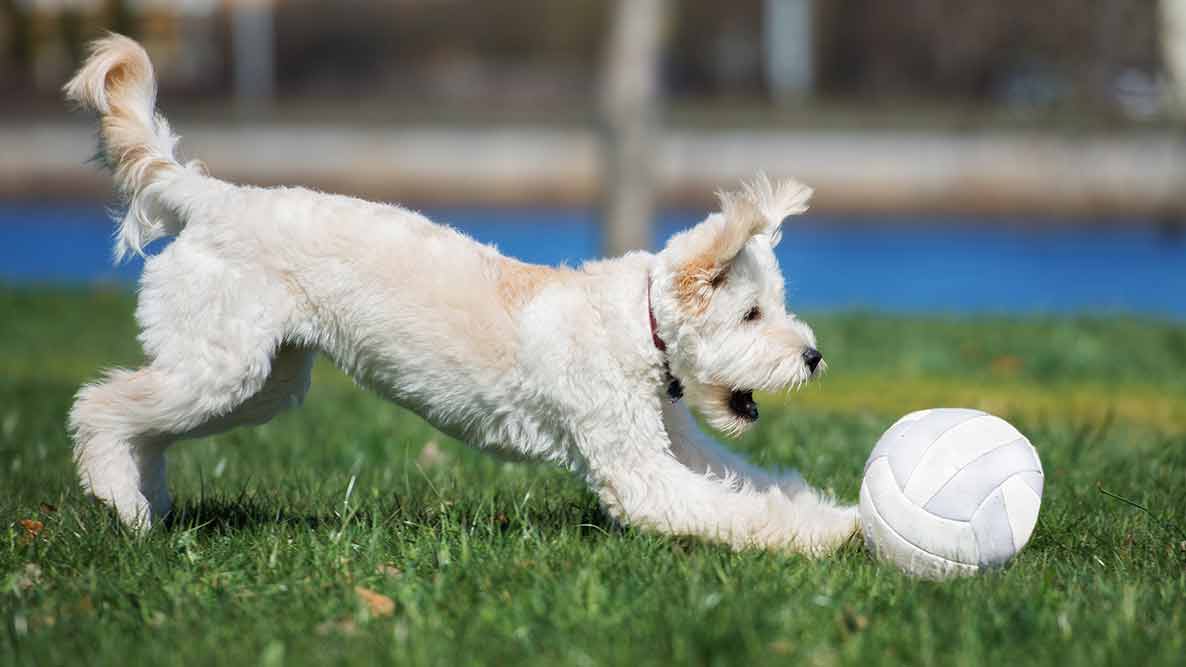
Entering and Exiting the Dog Park
Techniques for a Smooth Entry and Exit
- Entering and exiting the park may seem straightforward, but there’s an art to doing it respectfully and efficiently.
- When entering, make sure your dog is leashed and under control. Wait your turn if other pets enter or exit, and always use the double gate system correctly. Similarly, when leaving, leash your dog in the designated area and ensure you go without disrupting other park-goers.
Utilizing the Double Gate System Effectively
- Understanding how to use the double gate system can make the transition into and out of the park smoother for everyone involved.
- Always close gates securely behind you. If another owner struggles with their pet, offer to hold a gate open or closed. Remove your dog’s leash in the designated area between the gates, as this minimizes confrontations and allows for a more peaceful entry and exit.
Making Sure Your Dog is on a Leash When Entering and Exiting
- Leashing your dog is often a park rule, but it’s also good etiquette, especially when entering and exiting the park.
- Keeping your dog on a leash until you’re inside the double gate system gives you better control, reducing the likelihood of any unwanted interactions between dogs or people right at the park’s entrance or exit.
Following these techniques for entering and exiting the park, you help maintain a structured, stress-free environment for all dogs and owners. Whether you’re new to dog parks or a regular visitor, these pointers ensure that your dog can safely enjoy its freedom while respecting the space of others. Keep reading as we explore how to observe your dog’s body language and what cues to look out for during your park visit.
Observing and Understanding Your Dog’s Body Language
Recognize the Signs of Stress or Discomfort
- Your dog’s body language can tell you a lot about their feelings, making it easier for you to take appropriate action.
- Signs of stress might include tucked tail, laid-back ears, or excessive panting. If you notice these symptoms, remove your dog from the situation and give them time to relax.
Pay Attention to Your Dog’s Play Behavior
- Play is a big part of any dog park visit, but it’s vital to ensure it remains safe and enjoyable.
- Look out for balanced play signals like play bows, where your dog lowers its front end while keeping its rear end up. This usually signifies a playful mood. If the play turns overly aggressive or one dog appears scared, it’s time to intervene.
Understand When to Call Your Dog Back
- Knowing when to call your dog back can prevent minor incidents from escalating.
- Situations like rough play, unwanted mounting, or an overwhelmed dog are signs that you should call your dog back. Use a recall command that your dog knows well to ensure immediate compliance.
Interpreting Interaction with Other Dogs and Owners
- Your dog will not only interact with other dogs but also with their owners. Knowing how to read this interaction can prevent misunderstandings.
- Friendly sniffing and wagging tails are generally good signs. However, growling, raised fur, or bared teeth are indicators of stress or potential aggression and should be addressed immediately.
Understanding your dog’s body language provides valuable insights into their well-being. It helps you navigate the social setting of a dog park effectively. It allows you to intervene when necessary and ensures a pleasant experience for everyone. Our next section will discuss the all-important topic of picking up after your dog, so stick around!
Picking Up After Your Dog and Other Hygiene Concerns
The Importance of Picking Up After Your Dog
- You need to pick up after your dog and failing to do so is rude and against most park rules.
- Always carry poop bags with you and dispose of waste in designated bins. Leaving dog poop around can be a hazard to other animals and humans, and it reflects poorly on dog owners as a community.
Water Bowl Etiquette
- While communal water bowls are often available, bringing your own is better hygiene practice.
- Dogs can easily transmit diseases through shared water. Carrying your water bowl ensures your dog stays hydrated and decreases the risk of catching or spreading any illnesses.
Don’t Bring Food or Treats into the Park
- Food can cause conflicts among dogs that aren’t yours and may trigger food aggression. Treats can create competition or jealousy among dogs, so avoiding them in communal settings is best.
When to Remove Your Dog from the Park
- Sometimes, despite your best efforts, it becomes necessary to remove your dog from the park for their safety or the safety of others.
- This could be due to signs of stress, illness, or aggression. It’s crucial to be aware of your dog’s behavior and mood and to act swiftly if you think it’s time to leave.
- Be sure to recognize dogs that have shown aggression in previous visits and avoid using the dog park when those dogs are present.
Paying Attention to Signs of Sickness
- A sick dog should never be brought to the park for its own well-being and the health of other dogs.
- Suppose you notice signs of illness such as coughing, sneezing, or lethargy before or during your park visit. In that case, it’s responsible pet ownership to remove your dog immediately.
Paying attention to these hygiene and cleanliness factors, you help create a cleaner, safer, and more enjoyable environment for all. It’s the responsibility of each dog owner to contribute positively to the communal space, ensuring it remains a welcoming place for everyone. Next, we’ll discuss how to socialize with other dog owners and why it matters. Stay tuned!
Socializing with Other Dog Owners
The Significance of Polite Interaction
- Engaging politely with other dog owners enhances the overall experience of your park visit for everyone involved.
- A friendly greeting or simple nod acknowledges the shared space and responsibility. Open communication can also make it easier to resolve any potential conflicts or misunderstandings that may arise among the dogs.
Discuss Your Dog’s Behavior When Necessary
- Suppose your dog is particularly active or has unique play preferences. In that case, communicating this to other dog owners can prevent confusion or concern.
- For example, some dogs are vocal during play, which can be mistaken for aggression. A quick heads-up for other owners can go a long way in maintaining a harmonious environment.
The Art of Small Talk
- While your primary focus is on your dog, small talk can foster a sense of community among dog owners.
- Topics might range from dog breeds to local pet services. This can be particularly helpful if you’re new to the area or considering options like choosing a Goldendoodle puppy from ethical breeders.
Understanding When to Step In
- Knowing when to intervene in dog interactions is crucial. Still, knowing when to step into conversations among dog owners is equally important.
- Tactful intervention can defuse tension if you notice a situation escalating or misunderstandings developing. However, always prioritize your dog’s safety and well-being.
Remember to Respect Personal Boundaries
- Just like dogs have their comfort zones, so do people. Always respect the personal space and preferences of other dog owners.
- Only some people are in the mood for a chat or comfortable with close interaction, especially given varying comfort levels about social distancing or health precautions.
You contribute to a more enjoyable and inclusive dog park experience by fostering a respectful and open atmosphere. It takes a village to create a welcoming environment, and each dog owner plays a part in maintaining the harmony and community spirit of the dog park. So, there you have it—your comprehensive guide to mastering dog park etiquette. Happy park visiting!
Mastering the Art of Dog Park Etiquette
- We’ve covered much ground, from preparing for your trip to the park to understanding your dog’s body language, and from hygiene concerns to socializing with other dog owners.
- By adhering to these guidelines, you’re ensuring a more pleasant experience for your dog and contributing to a more harmonious environment for all park-goers.
- Every dog owner has a role in maintaining a respectful and enjoyable dog park atmosphere.
- Your actions set an example for new dog owners and reflect the community you want to be part of. Remember, the park is a shared space where everyone should feel welcome and safe.
- Finally, dog parks are fantastic for dogs to socialize, exercise, and burn off energy.
- By following proper dog park etiquette, you’re setting the stage for many more enjoyable visits to come. Whether you’re an experienced dog owner or considering options like a new Goldendoodle puppy, these practices are essential for everyone involved.
Thank you for joining us on this comprehensive guide to dog park etiquette. With these tips and guidelines, you’re well-equipped for a successful and enjoyable outing with your furry friend. See you at the park!
